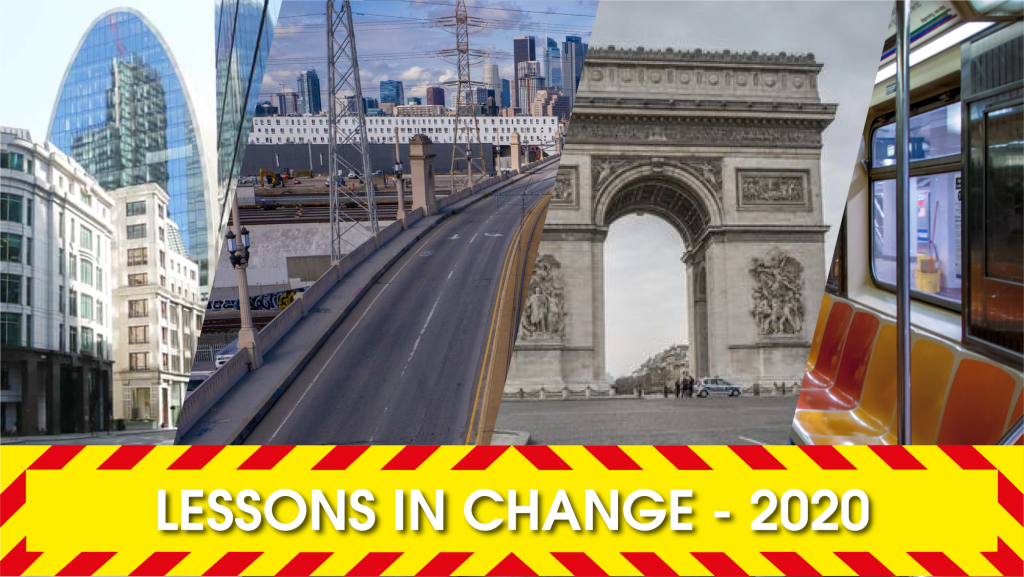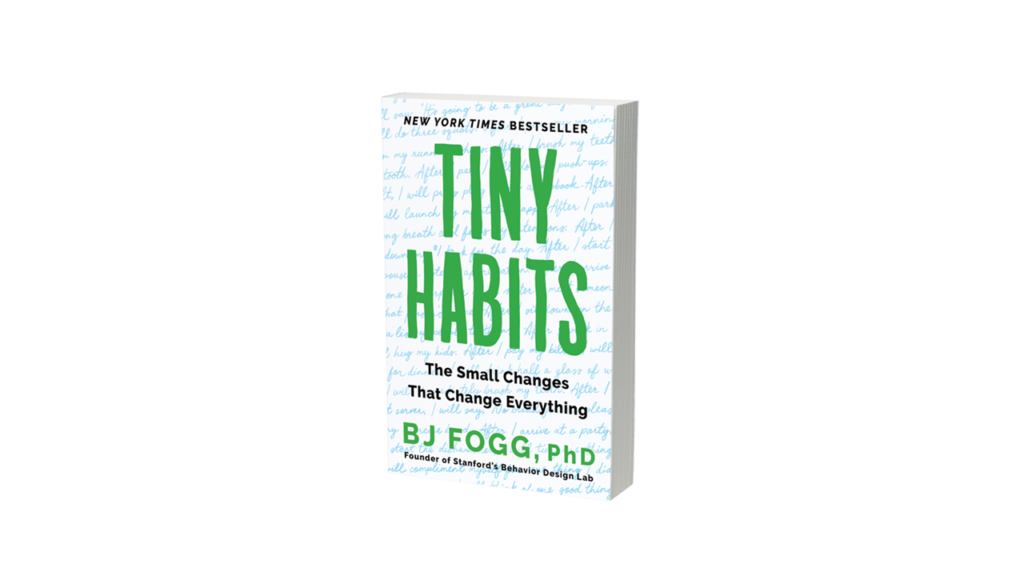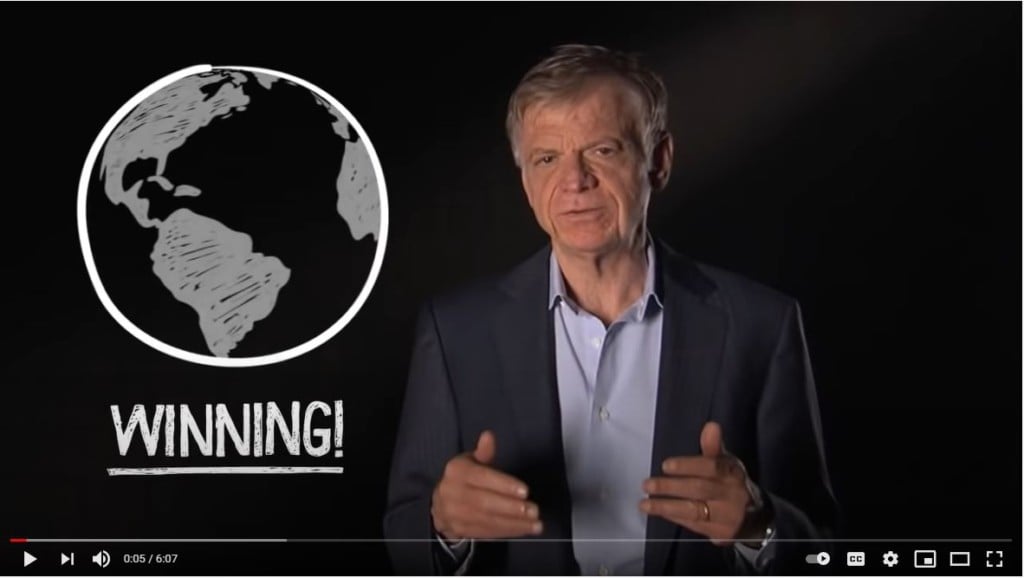Lessons in Change #1: Start with a reason that we believe in
By Mark Vincent
Share

We hear a lot from management gurus, life coaches and consultants about the power of why, in other words starting with a clear purpose to give meaning to what we do. This is never more true than when it comes to changing something. Change normally brings with it uncertainty, some risk and some discomfort so the reason for putting ourselves through that must be clear. We must truly believe in the outcome, in terms of its value to us personally. For example, consider the change involved when we have children. In my case I started later in life, so the impact on my life was huge. At times it has been very challenging but I wouldn’t change a thing, because those children are well worth the effort and bring so much more.
There is an immediacy too. The benefit must be real enough and soon enough. One of the main reasons that diets fail is because the sacrifices have to be made now but the rewards can be painfully slow and distant, so it’s easy to cave in to the immediate gratification at the expense of the longer term goals. Climate change has similarly struggled with this one because the benefits (avoiding global disaster) seem so far in the future than the immediate needs of feeding the family and keeping up with the things that are right in front of us. Change initiatives at work are often competing with quarter end deadlines, urgent emails, the next presentation to the boss among many other things.
The pandemic response during early part of 2020 demonstrated that when we realise that everything else has to take second place we can do amazing things and we can do them very quickly indeed. The key here is that we believed in the reason, fundamentally saving lives, potentially including those close to us. Another critical component was the urgency. It started thousands of miles away so our initial response was, predictably, a level of concern but little in the way of action. Once we felt it was on our doorstep and we could see the curve rising, the sense of urgency kicked in and we acted.
So for change to be effective, it needs to have the fuel to start with: a reason that we truly believe is worth the effort and sufficient urgency to galvanise action.
Now that we’ve passed the peak the crowds are starting to form again and it’s becoming increasingly difficult to enforce the restrictions. We’re starting to rebel, slowly but surely. The reasons for sticking with the restrictions are coming into question when compared to the impact on our lives. So this proves that it’s not enough to start with a compelling and urgent reason; it must continue to be compelling and urgent throughout the duration of the change, otherwise the energy will begin to wane and that can happen very quickly.
In the next lesson we’ll consider the factors that will quickly slow us down even when we’re feeling energised and motivated.
Get in touch
If you’re starting a change, or already on the journey and need some support, we can help.
Whether it’s coaching or mentoring your leadership team, diagnosing low engagement or leading a change on your behalf, we have a range of options to suit different situations and budgets. Contact us by clicking the button to find out more.
Related content
Chris Turner – When rudeness in teams turns deadly
We all know how it feels if people are rude to us and yet we can so easily fall into the trap of being rude or short tempered with others.
BJ Fogg – Tiny Habits
Tiny Habits show us how we can more easily create new positive habits that help us to improve our happiness, health and wellbeing or to eliminate those habits that are working against us.
John Kotter – The Evolution of the 21st Century Organisation
John Kotter discusses why the organisational structures designed in the late 19th century are slowing businesses down in an era of rapid change. And what can be done to increase the pace. Whilst this was recorded in 2013, the lessons are, if anything, becoming more true by the day.





